Black-trimmed homes, tiny libraries and other signs your neighborhood is about to be gentrified

- Share via
A shift in demographics. Affordable apartments transformed into luxury condos. A coffee shop called something like “Brew Slut.”
The signs of gentrification take many forms. A newly opened art gallery can serve both as a communal space and a harbinger of the displacement to come. Remodeled homes might boost a street’s curb appeal but then drive up rents in the ensuing months and years.
There are plenty of ways to tell when gentrification is coming to a community; rising home prices and an influx of trendy shops are classic omens. But in the modern market, developers are flipping houses at the highest rate since 2000, and the houses they churn out are often homogeneous: boxy, black and white, minimalist. They’re adorned with trendy house number fonts and chic drought-tolerant gardens, and they can be an obvious sign of gentrification on the way.
Take a stroll through your neighborhood and keep an eye out for these trends. If you spot a few, gentrification may be on the way. If you spot a bunch, it might be well underway.
The gentrification font
If Neutraface starts speckling the homes and fences around your neighborhood, your rent might soar soon.
The sleek typeface and its many knock-offs have become so commonplace that they’ve become a meme, and the Guardian even declared it “the gentrification font.” It crowns countless brand-new builds across L.A., and like certain wines and cheeses, it pairs well with cheaply done fixer-uppers or the aforementioned box houses.
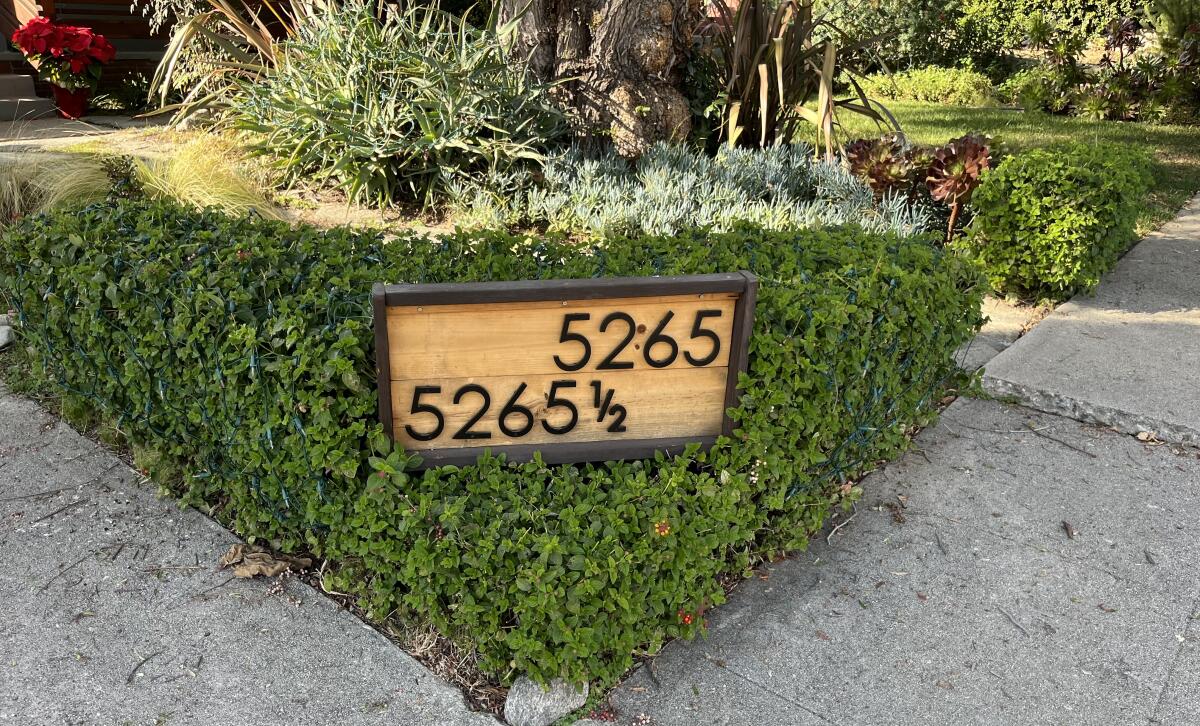
“The Shake Shack font has invaded,” said Steven Sanders, a Highland Park resident who has lived in the rapidly changing neighborhood since 2015. When Sanders moved there, the median single-family home value was around $463,000, according to Zillow. Today, it’s $1.002 million.
There’s nothing specifically wrong with the font; it’s clean, modern and easy to read. Ironically, it’s named after Richard Neutra, an iconic architect who often stressed affordability in his work.
If a for-sale house has a Neutraface house number, the listing price will probably be anything but affordable.
Gentrification bonus point: if the font is also brass or gold.
Black-and-white paint jobs
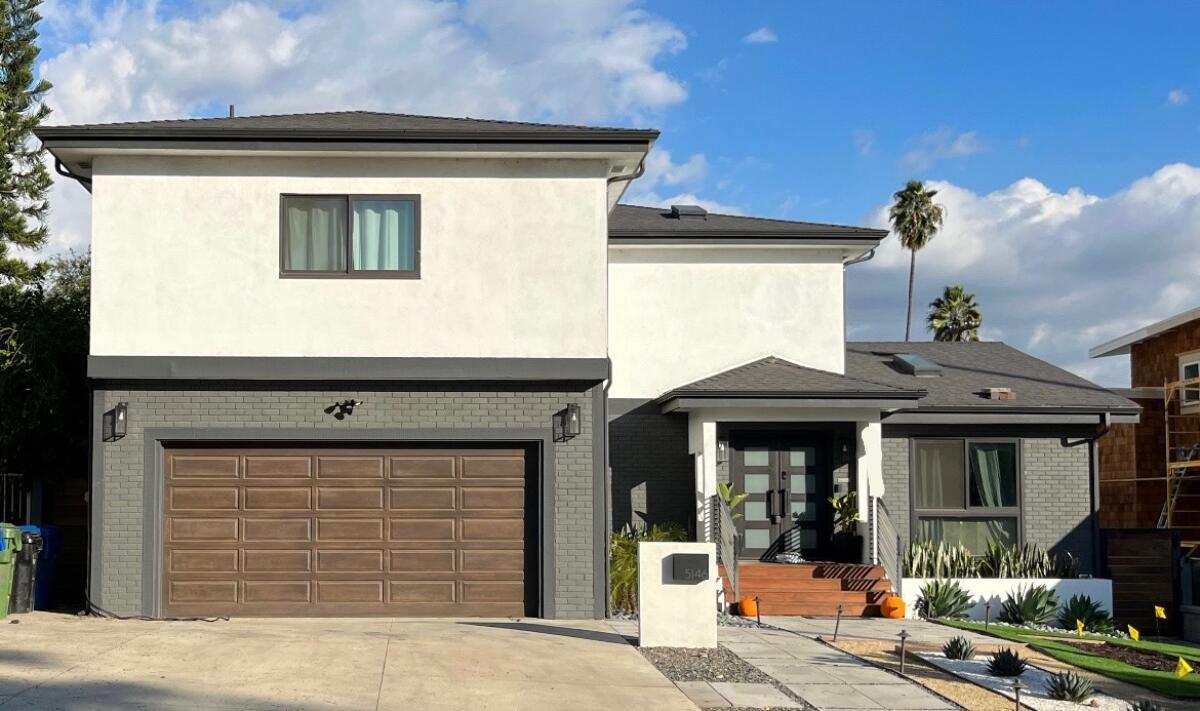
Gentrification, in terms of housing, has become a monochromatic movement. Gone are the green-colored Craftsmans or the pink-hued bungalows of old; today, newly built homes are overwhelmingly white, black or a brutal combination of the two.
“Taste aside, a black house in an era of climate change is ridiculous,” said Adam Greenfield, a transportation and land-use advocate.
Gentrification bonus point: if a black-and-white exterior comes with an accent door — a splash of bright blue, yellow or turquoise to showcase that the property isn’t completely devoid of character. Just mostly devoid of character.
Excess security cameras
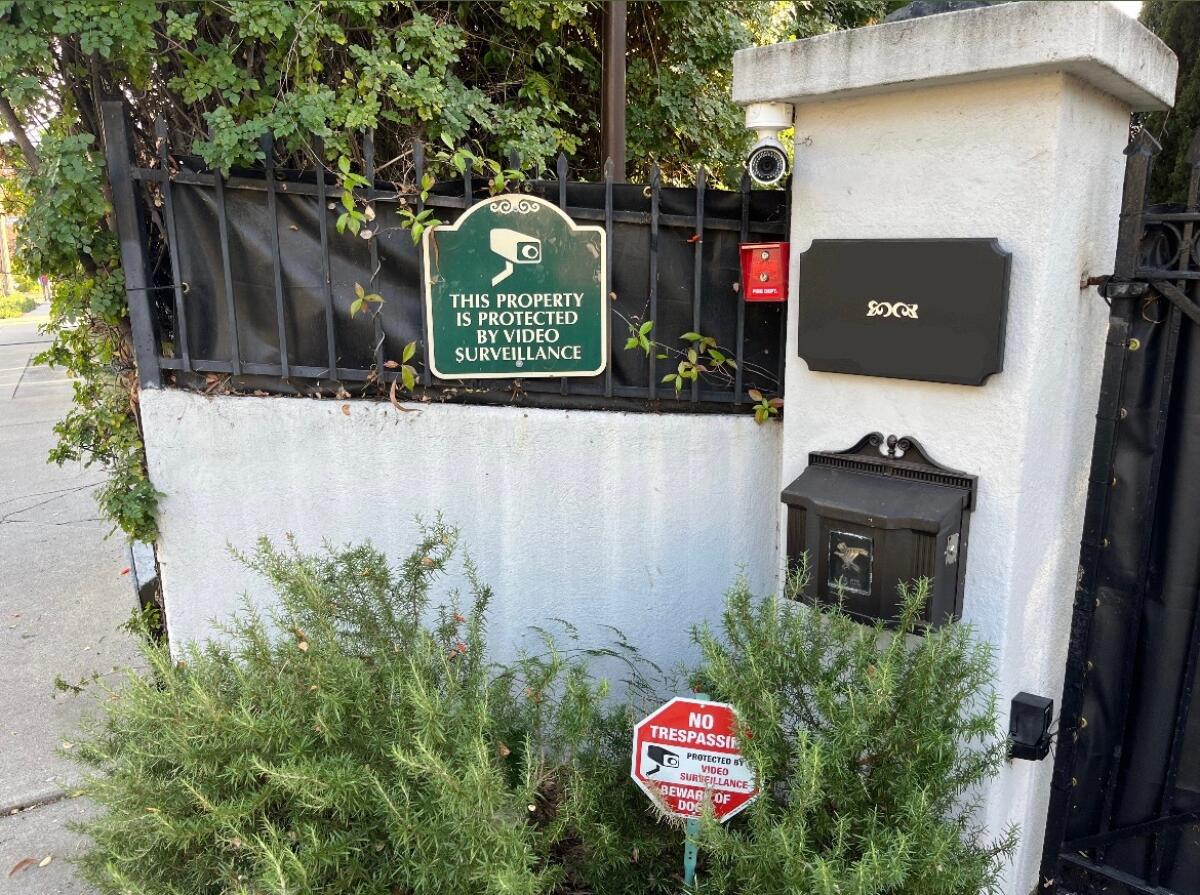
If you’re taking a stroll down your street and feel watched — not by anyone specific, but by a small army of Ring doorbells, Nest cameras and other electronic eyes making sure you don’t pick a Meyer lemon or your dog doesn’t defecate on the decomposed granite — brace for a new brand of neighbor.
Surveillance systems and the context behind them, in which owners view their neighbors and passersby as potential package-stealers, are all too common in gentrifying communities. For if it were truly a high-crime place, there would still be chain link and barred windows.
There’s plenty of evidence that smart doorbells lead to racial profiling, and while there’s nothing inherently wrong with security systems, they generally detract from the community feel instead of adding to it.
“It’s the degradation of the social fabric that for so long we all took for granted,” Greenfield said. “It’s legitimate to walk up to a neighbor’s door to ask for or offer something, and security cameras and warning systems discourage that. We can’t let fear win in our society.”
Gentrification bonus point: if they come with a speaker with a disembodied voice that barks at passersby in a condescending tone: “Hi! You are currently being recorded.”
Privacy fences
Sometimes, surveillance systems aren’t enough. Many modern homeowners moving into new neighborhoods don’t even want to be seen by neighbors, so they install privacy fences or towering hedges to shield themselves from anyone walking by.
Greenfield calls them “f— you fences.”
“Many people were raised in the suburban sprawl, where they don’t have as much access to other people. Then they move to denser areas and import those suburban norms of separation and privacy,” Greenfield said.
Lola Rodriguez, a Lincoln Heights resident who grew up in the area, said if a home in the neighborhood is ever hidden from view, it’s usually someone who just moved in.
Gentrification bonus point: if the privacy fence is chic and stylish, like the horizontal trend that has taken over in some areas.
Box houses
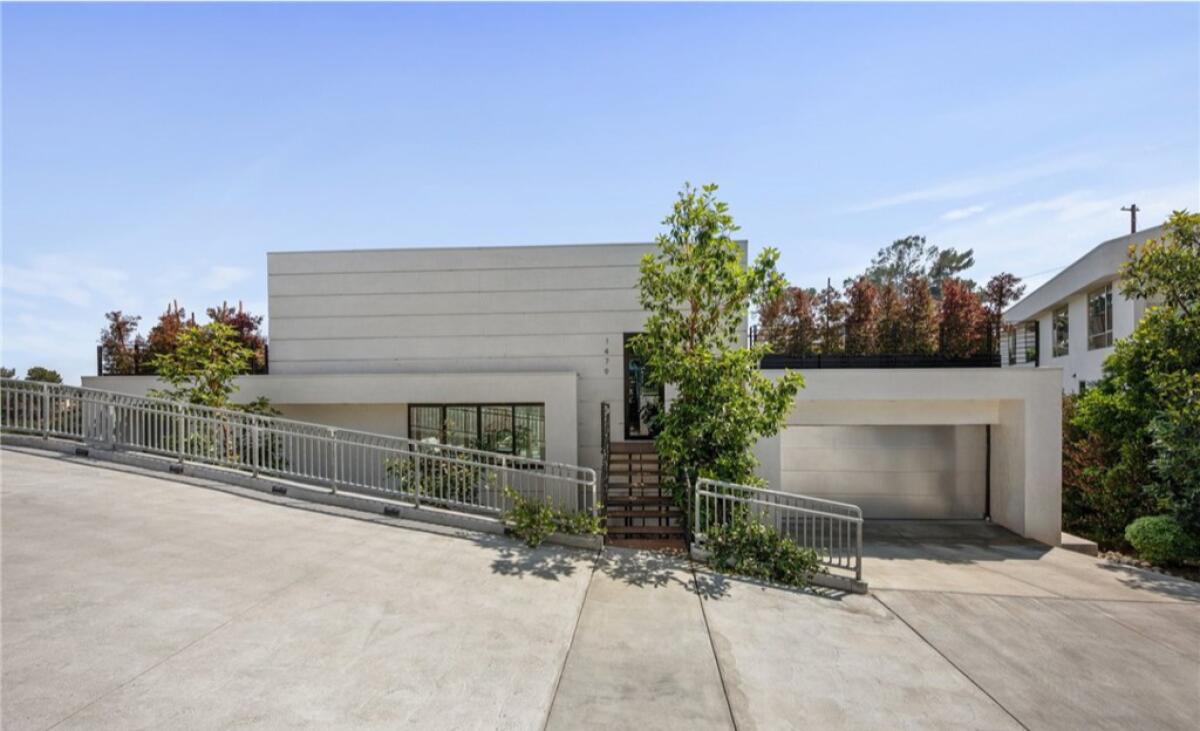
One of the more uninspired architectural trends of the last century, modern box houses forgo attempts at character or ornamentation, instead serving as shrines to simplicity. They worship at the altar of minimalism, squeezing out as much square footage as zoning laws will allow.
They’re clean, they’re simple, and they’re a likely sign that a new demographic is moving into a neighborhood.
“It’s jarring seeing a bright white box house jammed between older houses with more character,” Rodriguez said. She prefers the neighborhood’s stock of century-old bungalows over the new homes being built.
The polarizing style isn’t for everyone, but it’s a hit for deep-pocketed buyers eyeing extra space. And box houses are quicker and cheaper to build for profit-minded developers, who will keep cranking out supply as long as there’s demand.
Gentrification bonus point: if the box house includes a glass garage door.

Drought-tolerant gardens
To be clear, the ecological benefits of drought-tolerant landscaping make it a net positive for Southern California. Limited water usage is absolutely a good thing.
But such gardens aren’t always cheap, and if they start popping up in neighborhoods where most residents can’t afford to spend thousands of dollars, sometimes tens of thousands, on their yard, it could be a sign of gentrification.
Most carry the same look: a handful of shrubs, succulents and cacti surrounded by gravel or decomposed granite, giving it a sandy, desert-like quality.
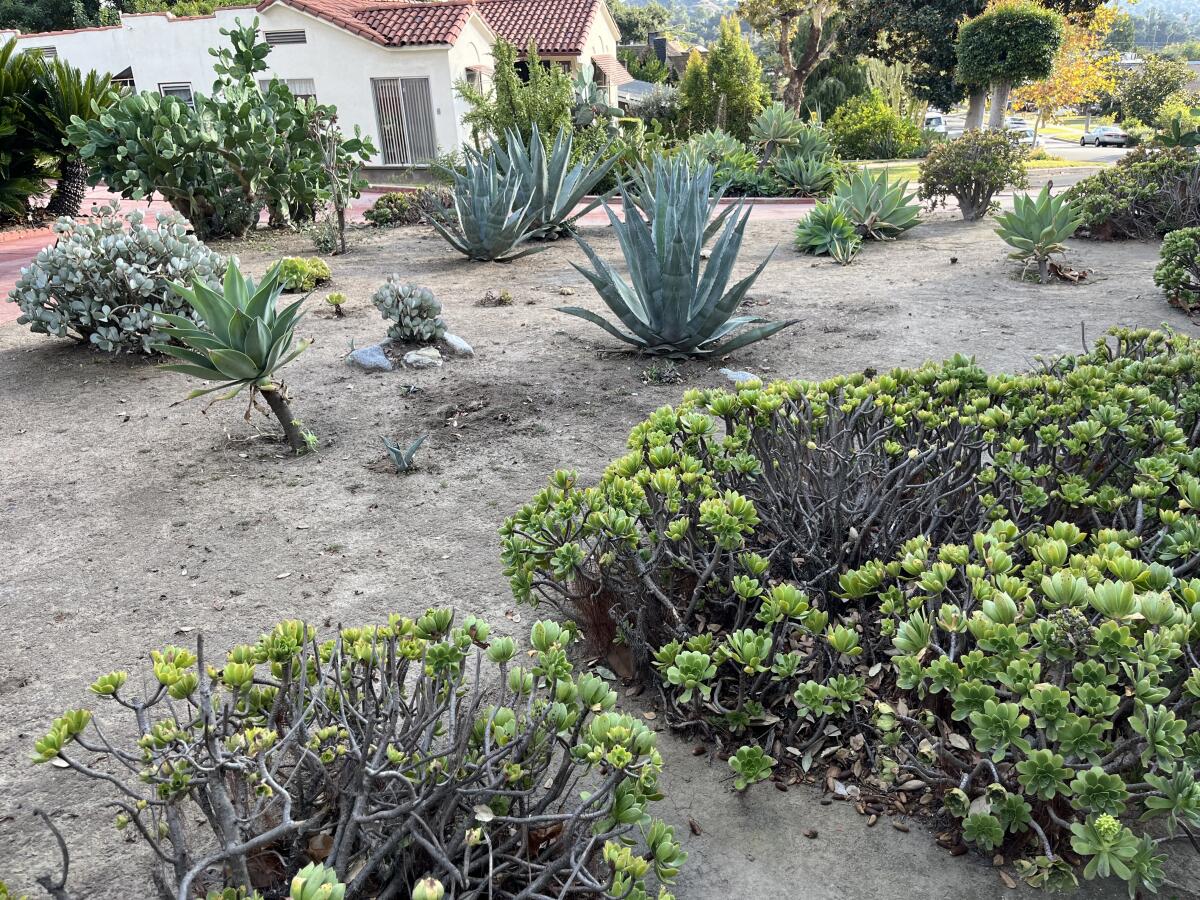
Kerry Kimble and Steven Galindo, two real estate agents with the Agency, said they’ve noticed an increase in drought-tolerant gardens in neighborhoods such as Echo Park, Highland Park and Silver Lake, where displacement has already been happening for years.
The majority of Kimble’s listings are in northeast L.A., and she said she’s noticed a surplus of succulents.
Galindo said some developers add drought-tolerant gardens to attract potential buyers.
“Developers remodel homes for the taste of the gentrifier,” he said.
The pair are currently listing a 106-year-old duplex in Angelino Heights, a neighborhood protected by a Historic Preservation Overlay Zone, which preserves a community’s architectural feel by limiting new building designs and renovations. But not every neighborhood enjoys such protection.
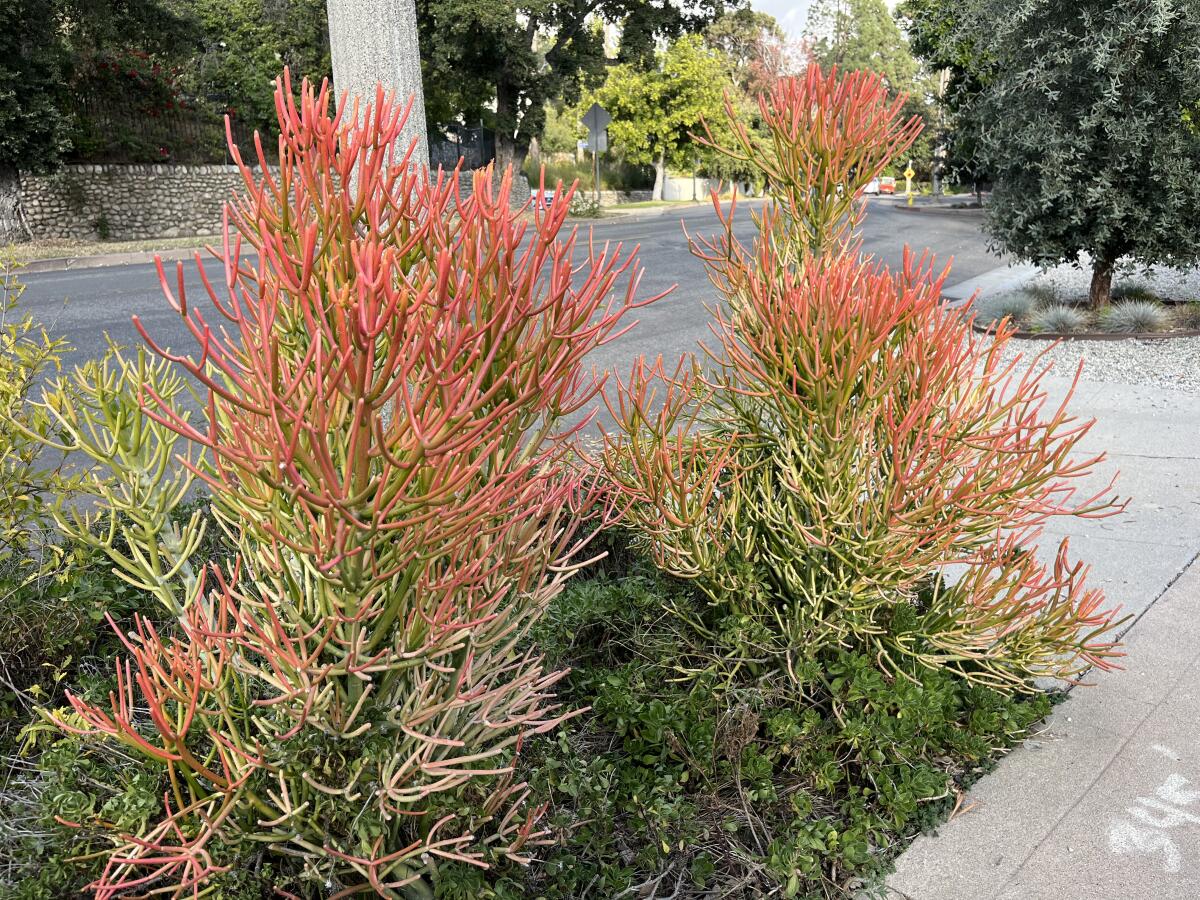
Gentrification bonus point: if the garden is riddled with Firestick plants — the trendy, orange-tipped succulents that seem to anchor every lawn in those “up-and-coming” neighborhoods.
Little Free Libraries
Listen, these are lovely. Unlike surveillance systems and privacy fences, little libraries actually evoke a sense of community, bringing neighbors together over a shared love of literature (even though most generally seem to be stocked exclusively with James Patterson novels and unreadable how-to books).
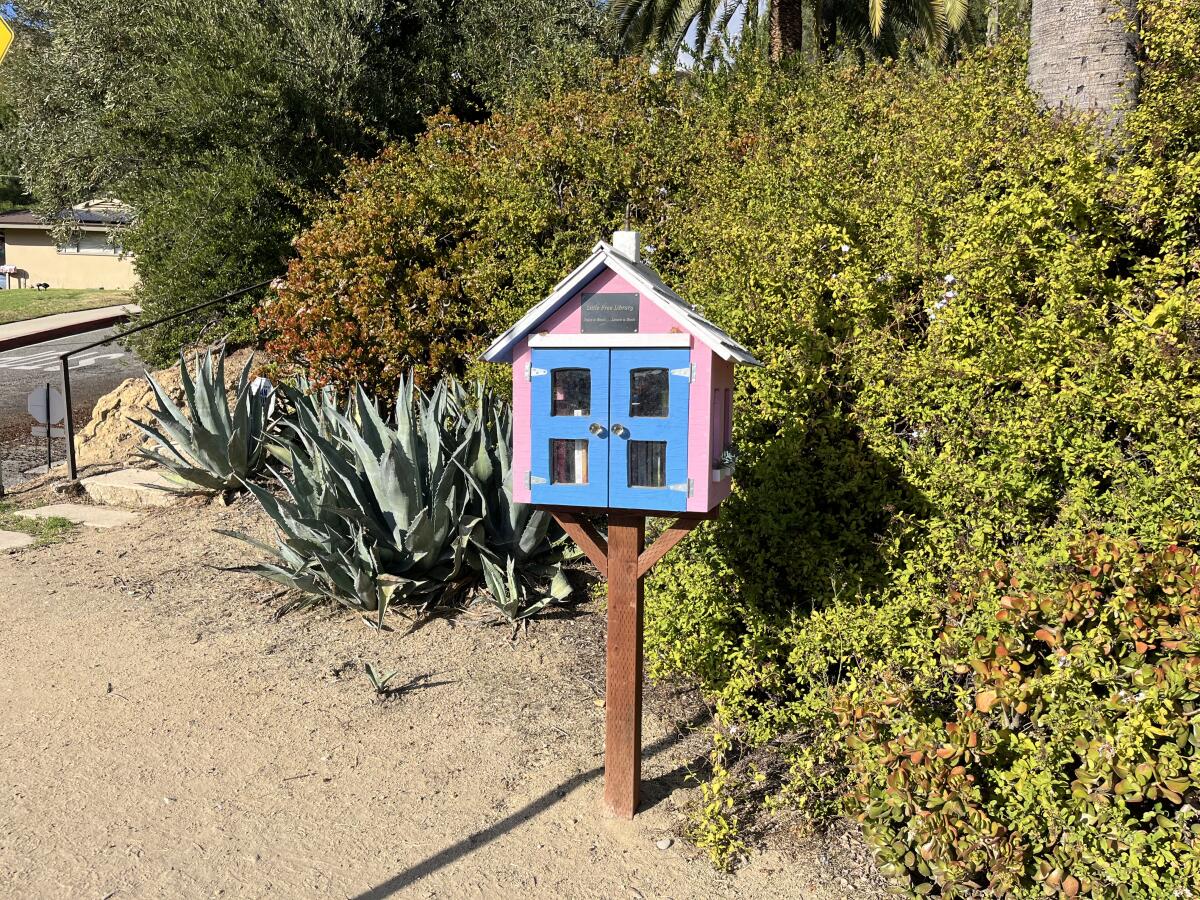
The charming, birdhouse-like structures certainly don’t cause gentrification, despite what a handful of critics have claimed over the years. But they definitely seem to be a product of gentrification, usually popping up in areas where home prices are rising and well-to-do residents are moving in.
Gentrification bonus point: if a smart doorbell camera watches over the library, making sure nobody takes more than their fair share of books.
Pointed listing language
Sometimes, the clearest sign of gentrification is hearing how people are talking about a neighborhood and the homes within it. There’s a wealth of such examples posted daily on Zillow, Redfin and other listing sites as real estate agents take on certain tones to market properties to potential buyers.
For example, if a listing brags about the home being some kind of port in a storm, a refuge from the area around it, a ship of gentrifiers might be sailing in. One listing in Boyle Heights is touted as an “urban oasis.” Another in South L.A. promises to add “a touch of serenity to urban living.”
Also pay attention to whether a listing is marketed as an actual place to live or simply an investment opportunity. This listing near Leimert Park asks potential buyers to “come see your future investment today.” An Elysian Heights listing touts its use as an Airbnb.
Gentrification bonus point: if the language sounds like an extra flowery wellness ad, such as this listing in East L.A.: “Imagine stepping into a world where every corner whispers tales of renewal.”
More to Read
Sign up for Essential California
The most important California stories and recommendations in your inbox every morning.
You may occasionally receive promotional content from the Los Angeles Times.







